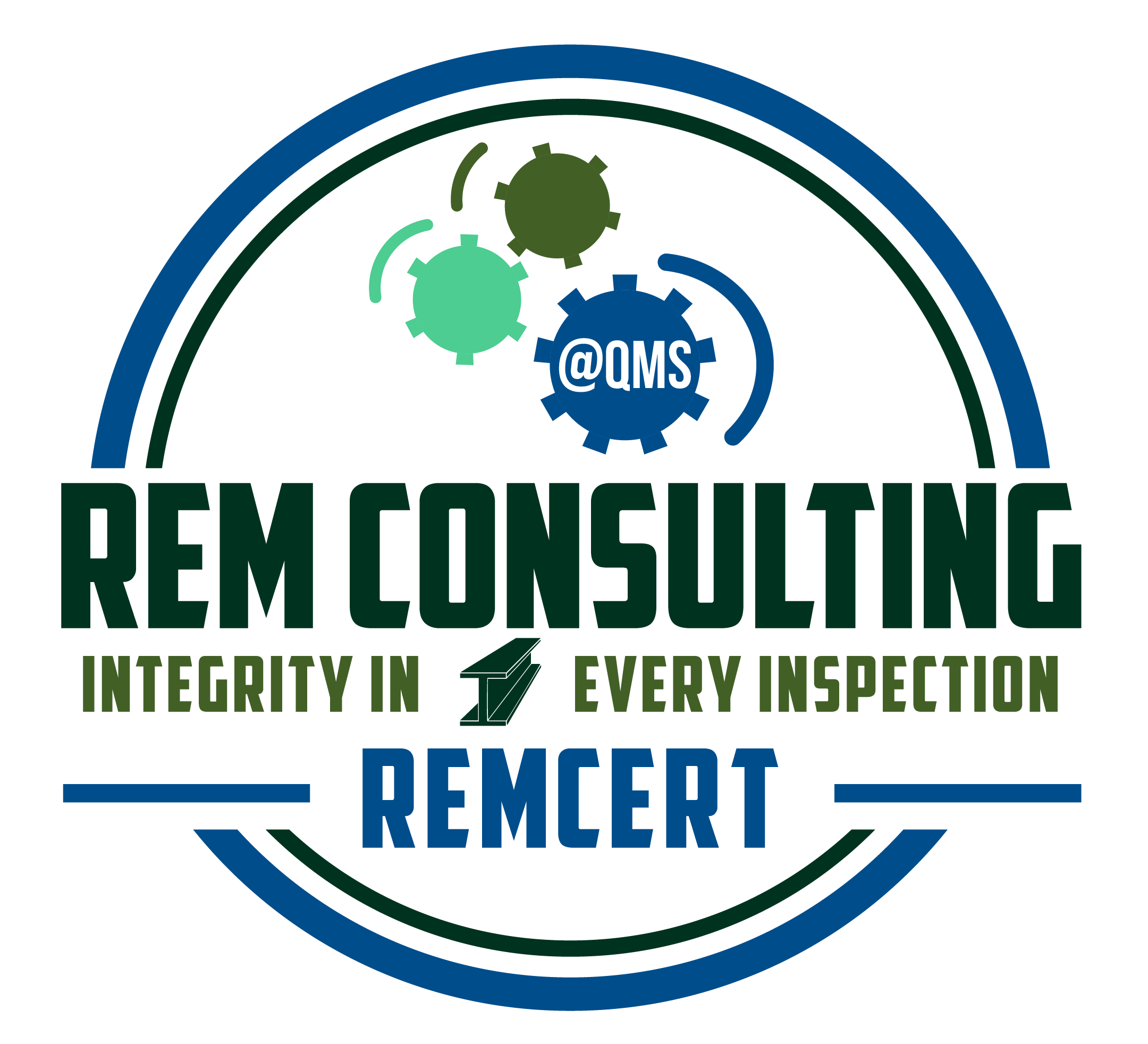In industrial and construction projects, safety, quality, and structural integrity are paramount. Compliance with industry standards such as ASME (American Society of Mechanical Engineers), AWS (American Welding Society), and AISC (American Institute of Steel Construction) ensures that projects meet regulatory requirements, enhance durability, and minimize risks. Adhering to these standards is not just about avoiding penalties—it is essential for worker safety, operational efficiency, and long-term project success.
1. Ensuring Structural Integrity and Safety
ASME, AWS, and AISC standards provide rigorous guidelines for material selection, welding procedures, and structural design. Without proper compliance, the risk of structural failure increases, leading to potential hazards.
Following ASME codes ensures that pressure vessels, piping systems, and boilers are manufactured and maintained safely. AWS standards dictate proper welding techniques, ensuring strong and defect-free welds. AISC standards establish best practices for steel construction, preventing structural collapses and reinforcing safety.
2. Regulatory Compliance and Legal Protection
Failure to adhere to industry standards can result in legal penalties, fines, and project shutdowns. Regulatory agencies enforce these standards to protect workers and the public from unsafe practices.
Ensuring compliance with ASME, AWS, and AISC standards protects companies from legal liabilities. Regular audits, documentation, and third-party inspections help businesses meet requirements and avoid costly legal repercussions. Staying up to date with evolving standards ensures that companies remain compliant at all times.
3. Enhancing Quality and Longevity of Projects
Projects that do not adhere to industry standards often suffer from poor workmanship, leading to maintenance issues and costly repairs. Substandard welding, improper material selection, and weak structural designs can significantly impact the lifespan of a project.
AWS-compliant welding ensures high-quality, durable joints that withstand stress and environmental conditions. AISC standards promote the use of strong, tested materials for steel structures, improving resilience and reducing maintenance costs. ASME guidelines help maintain pressure vessels and piping systems to prevent corrosion and breakdowns.
4. Improving Worker Safety and Reducing Accidents
Industrial and construction environments involve significant risks, including welding hazards, equipment failures, and structural weaknesses. Non-compliance can lead to severe injuries or fatalities.
ASME, AWS, and AISC standards prioritize worker safety by requiring protective measures, proper training, and best practices. AWS guidelines, for example, enforce proper ventilation and personal protective equipment (PPE) for welding operations, reducing exposure to harmful fumes and heat hazards. AISC specifications ensure that steel structures are safely assembled, preventing collapses and injuries.
5. Boosting Reputation and Business Growth
Companies known for adhering to industry standards gain credibility and attract more business opportunities. Clients prefer working with firms that guarantee quality, safety, and compliance.
Demonstrating compliance with ASME, AWS, and AISC standards enhances a company’s reputation. It fosters trust with clients, regulatory bodies, and stakeholders, leading to increased project bids and long-term business growth.
Wrapping Up
Compliance with ASME, AWS, and AISC standards is essential for safety, quality, and legal protection. Adhering to these standards not only reduces risks and accidents but also enhances project durability, regulatory compliance, and overall business success.



